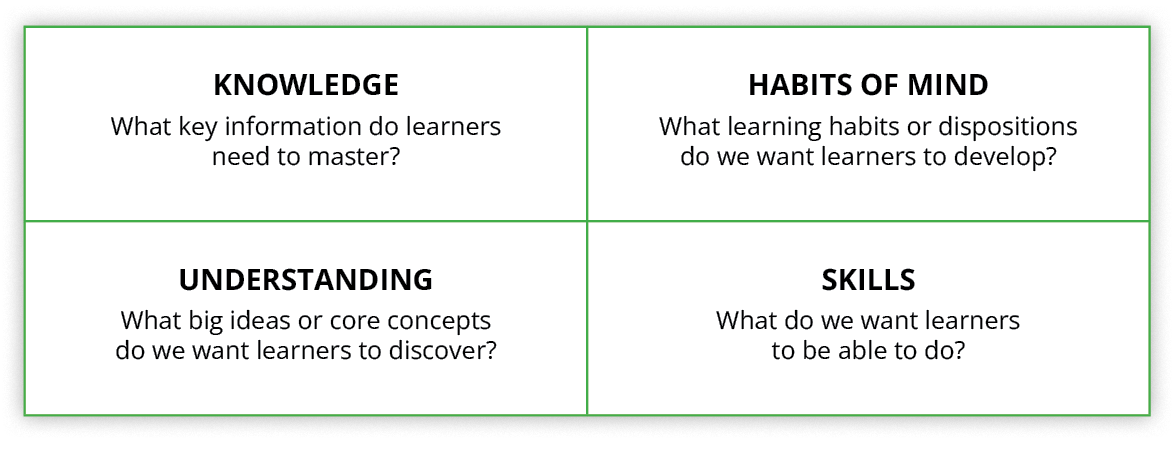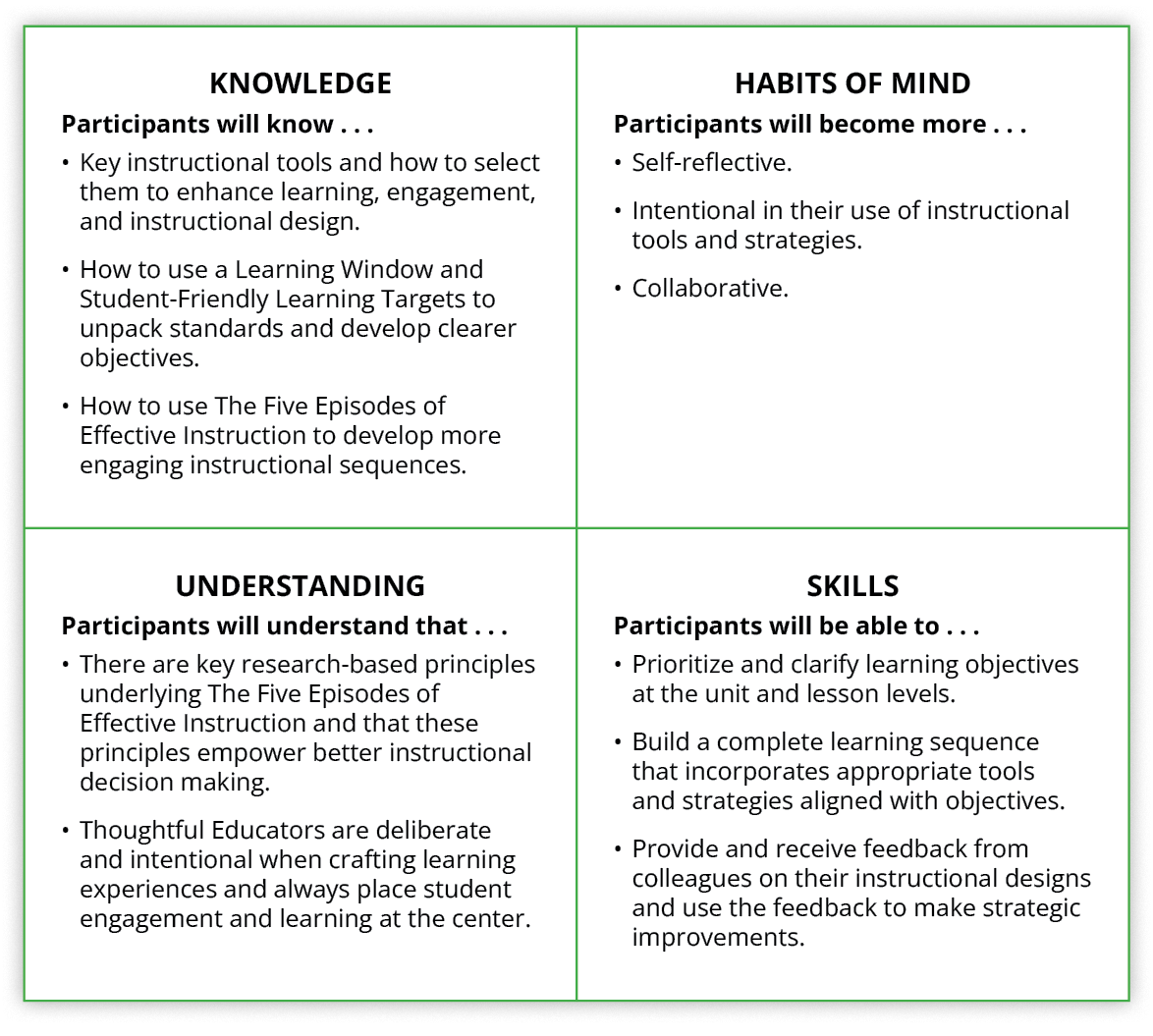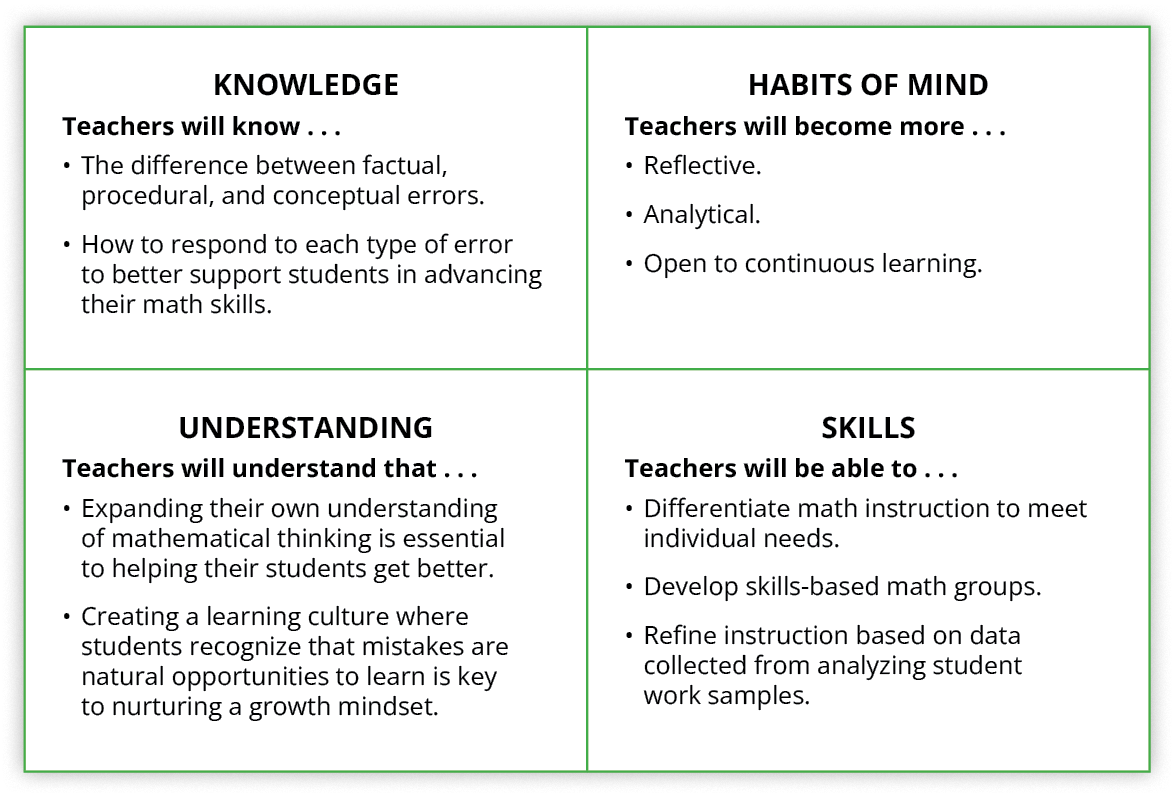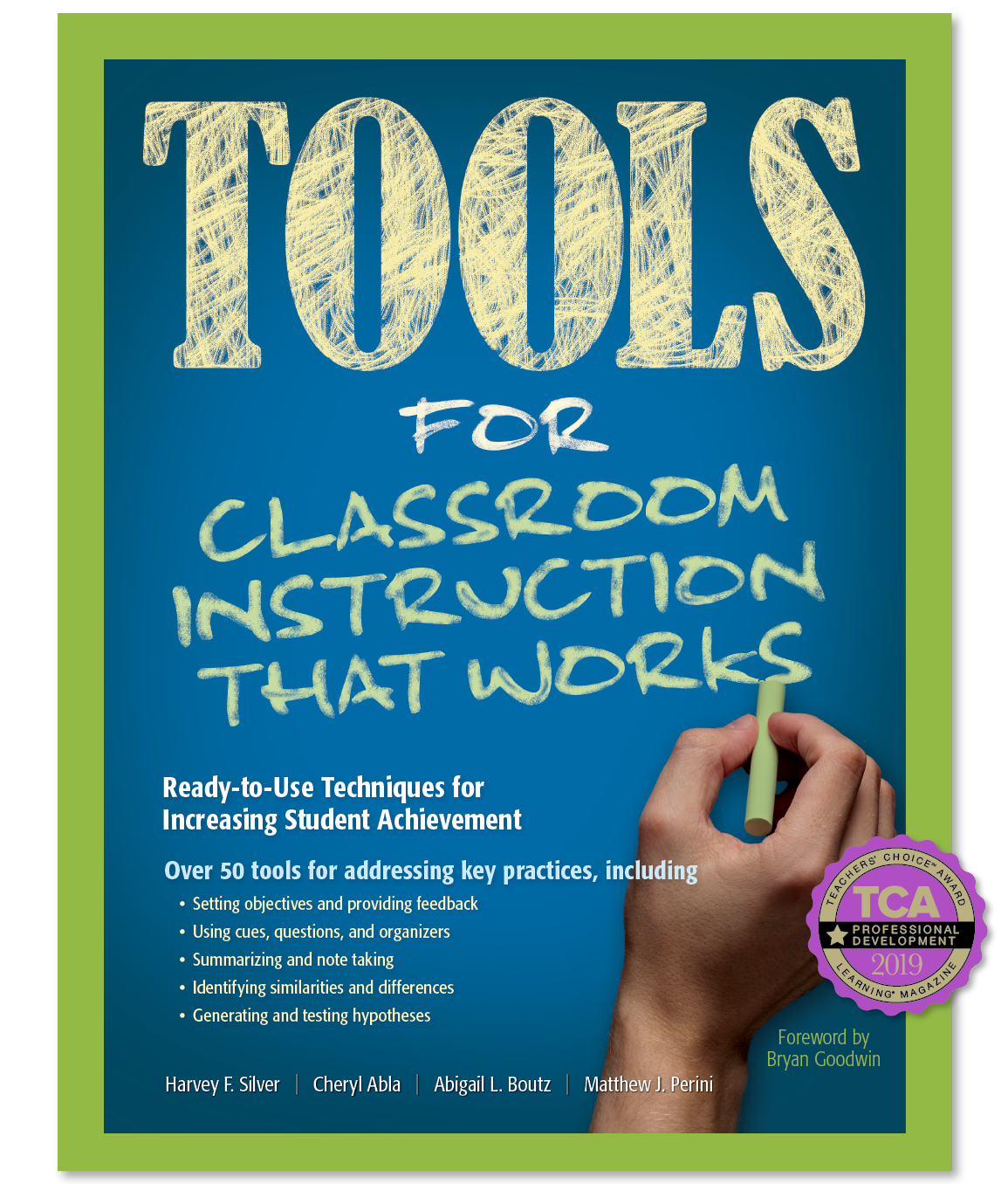Opening a Window Into Better Professional Learning: How an A-Ha Moment Made our PLCs Stronger
| by Sharon Paver-Nepote, Ed.D. | August 24, 2023 |
“They knew, but they did not understand. This is why they were not able to transfer their learning and apply it.”
As I sit at my desk, preparing for a presentation to a room of educators with a wealth of experience, I often find myself drifting back to moments that have impacted me as a leader and as a learner. On this day, I started reminiscing on a conversation that I had with a teacher not too long ago. She had just finished participating in a weekly grade-level PLC meeting focused on students’ performance on a common ELA assessment. Her team had identified areas where students had strong results and areas where the students needed more instruction.
At the conclusion of the PLC meeting, the teacher appeared in the doorway of my office and was distraught that her students had not performed at the levels she believed they could or should have. The grade level had recently raised the rigor of the assessment, and the teacher believed that this increased rigor was the sole reason for her students’ underperformance. As we looked through the students’ responses, I posed a question to her: “Based on the assessment and the responses, what do you believe your students needed to understand to have performed better?” A thick silence filled the room as she continued to flip through the assessments and look over the student responses.
That is, until she suddenly stopped, stared me in the eyes, and said, “That is what I did not provide my learners.” When I asked her to elaborate, it all came rushing out. She explained that she had taught the skills and was confident that students knew the critical information. But what that closer look at the assessment and student work helped her to see was that she hadn’t provided students the opportunity to make deep meaning—to construct understanding at the conceptual level. “They knew, but they did not understand,” she concluded. “This is why they were not able to transfer their learning and apply it.”
The teacher’s a-ha moment made a strong impression on me. So strong, in fact, that it changed the way I plan professional development experiences. After all, too many PD experiences seem to share a similar trajectory: Teachers learn key content but are not fully prepared to transfer what they learn to the classroom, and so the improvement we are looking for does not materialize. Of course, making sure that improvement does materialize is our job as leaders, which is why we seek out and plan opportunities for our teachers to participate in PD on instructional design and delivery, student engagement, and many other topics. Our ultimate goal is to develop our teachers’ capacity to motivate all students so that they build deep understanding, develop important thinking skills, and are able transfer what they learn to other contexts. And from the perspective of a leader, shouldn’t this goal be aligned directly to the outcomes we want for our teacher learners?
The answer is … yes! Our teachers are our learners, and as leaders we must make these expected outcomes of professional learning crystal clear—and use these outcomes to drive professional learning. The Thoughtful Classroom tool, Learning Window (Silver, Abla, Boutz, & Perini, 2018), is a user-friendly framework designed to develop and communicate clear learning outcomes that support deep learning and long-term transfer. The Learning Window’s framework is structured around four panes:

While it was originally designed for teachers to prioritize and clarify outcomes for their instructional units, the Learning Window is also ideal for prioritizing professional learning outcomes and delineating a clear professional learning path. For example, as a building leader, I often used the Learning Window framework to plan for professional development with my staff. I find that the process of thinking through the Learning Window leads not only to clearer and more focused outcomes, but to truly collaborative and goal-driven professional development. That’s because the process of collectively developing a manageable number of important goals unifies the team, leads naturally to the monitoring of progress, and, most important, promotes deeper conversations about teaching and learning. Below is a sample of a Learning Window my team and I developed for a two-day professional learning session for the entire staff focused on instructional design and tools for increasing student engagement.

More recently, in my work as a Thoughtful Classroom coach, I have found that using the Learning Window to map out professional learning goals helps the instructional leaders I work with become more focused. It also makes their work of helping their teachers grow more manageable: Four panes to help us cut through the clutter and get crystal clear on what we need to work on. Below is a Learning Window that I developed collaboratively with a math coach. The Learning Window was used to guide a series of PLC sessions focused on helping elementary teachers use error analysis to develop students’ mathematical knowledge and skills.

Thoughtful Classroom tools like the Learning Window are designed to improve the quality of learning, which is why they are just as effective in the faculty room as they are in the classroom. Our teachers are our learners, and solid, research-based practice works in any setting. So, let’s use the tools that we know make a difference to raise professional development to the next level.
As I often reminded my staff, “You got this!” And the Thoughtful Classroom has the resources to support you.
References
Silver, H. F., Abla, C., Boutz, A. L., & Perini, M. J. (2018). Tools for classroom instruction that works: Ready-to-use techniques for increasing student achievement. Franklin Lakes, NJ: Thoughtful Education Press.


